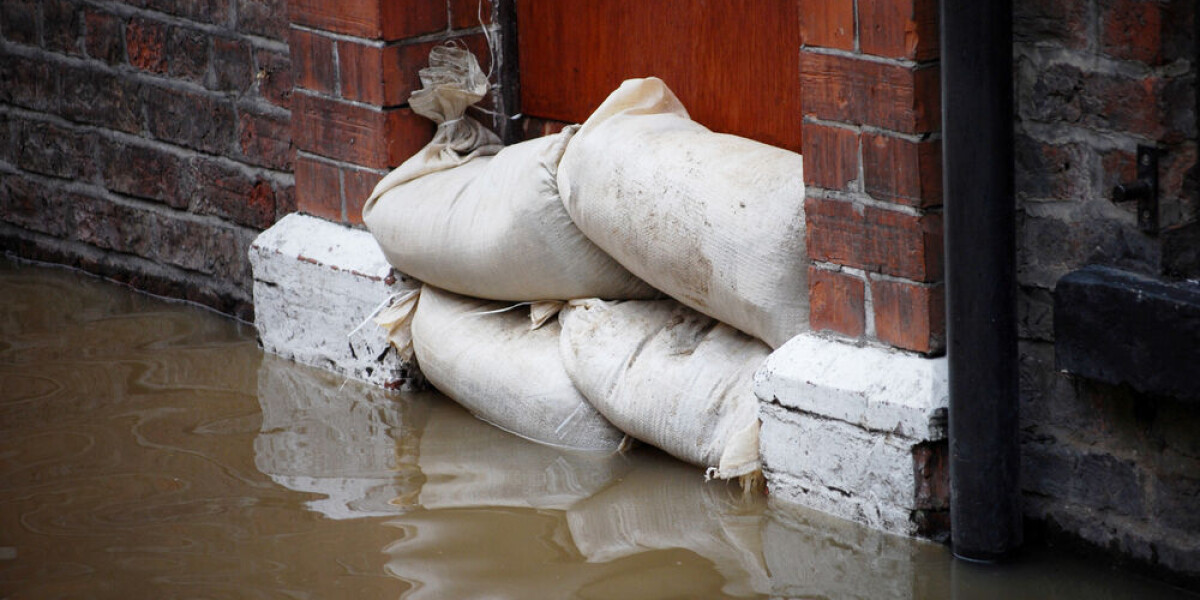Play all audios:
SEVERE STORMS RECENTLY HIT THE COUNTRY Storm Kirk passed through France this week, bringing intense gales and rainfall to dozens of departments in France. Read more: Storm Kirk wreaks havoc
across France, at least one death Autumn weather, including storms and heavy rain can often cause damage to properties, either via falling trees, flooding, lightning, or other issues.
However, the insurance rules around compensation for weather events can be tricky to navigate. For example, in standard home insurance (assurance habitation), cover may be limited,
particularly on external aspects of your property such as garden furniture. Water damage (dégât des eaux) is covered in standard policies, but usually does not cover flooding, instead
relating to damage from a burst pipe as opposed to heavy rainfall. Read more: Water leaks, blocked pipes: what does home insurance cover in France? The most important thing to do is
thoroughly check your policy to ensure you understand what it is composed of, and where you may need additional cover. STANDARD STORM DAMAGE IS COVERED All home insurance policyholders can
claim damage from exceptional weather events (évènements climatiques), including for rain, winds, ice, hail, etc. Specifically for storms, garantie tempête sometimes additionally covers
policyholders, depending on the insurer, which focuses more on the damage caused by strong winds. Certain conditions need to be met to benefit from these types of cover, such as buildings
being of a ‘good construction’, and in some cases, certain safety measures being followed prior to the event. Buildings of ‘good construction” must be at least 50% covered and constructed
90% with strong materials – houses will fall into this category, but exterior buildings may not. Damage to installations such as solar panels, verandas, antennas, shutters, and gutters are
also usually not covered. Again, you will need to check your policy to see exactly what is covered for yourself, and if concerned, ask to adapt your policy. You have five days from the date
of the storm or weather event to make your claim, but should make it as quick as possible. In some cases, the insurer will send out a surveyor, or ask for a bad weather certificate
(certificat d’intempéries) to prove the weather, which you can get from Météo France (costs start from €66.50). Note that specifically for damage from lightning, you may be required to
provide a lightning certificate (attestation de foudroiement), also available from Météo France. Other sites provide versions of these documents, but it is best to get them from the state
forecaster, as they will always be accepted regardless of your insurer, which is not the case with other weather certificates. Read more: How do I get a ‘lightning certificate’ for French
home? NATURAL DISASTER COVER Certain extreme weather events including floods, earthquakes, and droughts (increasingly leading to homes being damaged by cracks) are not covered by standard
policies. Instead, policyholders need to wait for a catastrophe naturelle (natural disaster) zone to be declared in their commune. This is usually done after government-appointed surveyors
assess an area after such an event, but in some extreme cases the government or local authorities can immediately declare a natural disaster. Once these communes have been listed in the
Journal Officiel as natural disaster zones, homeowners have 30 days to claim (up from the standard five). In addition, insurers must pay out within three months. Read more: France’s
‘catastrophe naturelle’ insurance system: how to claim Read more: Can I be certain I am insured against flooding at French second home?

